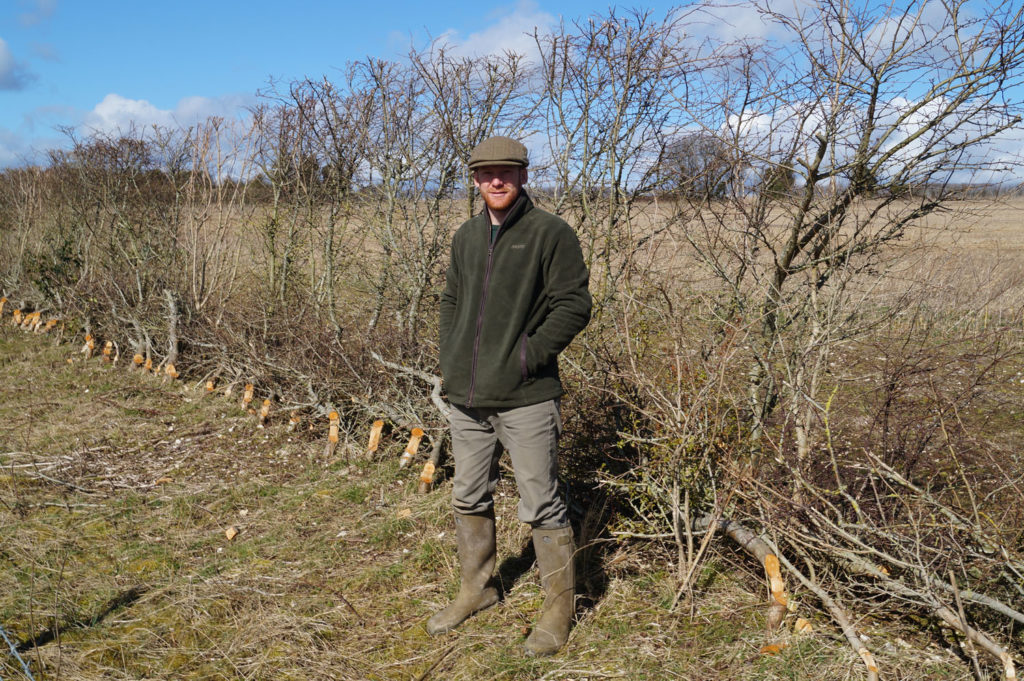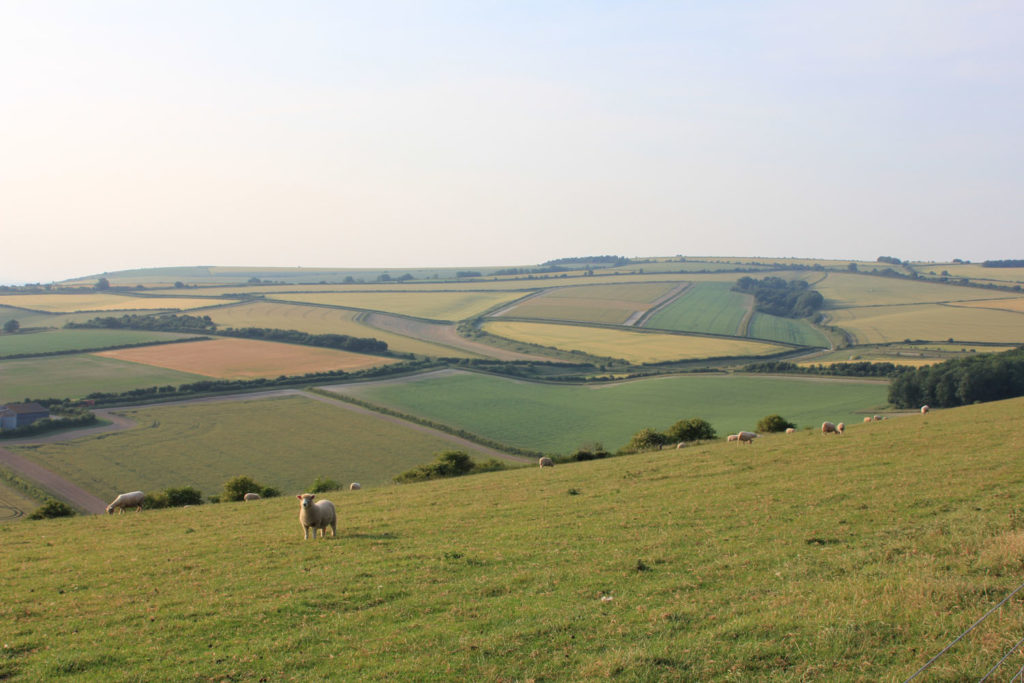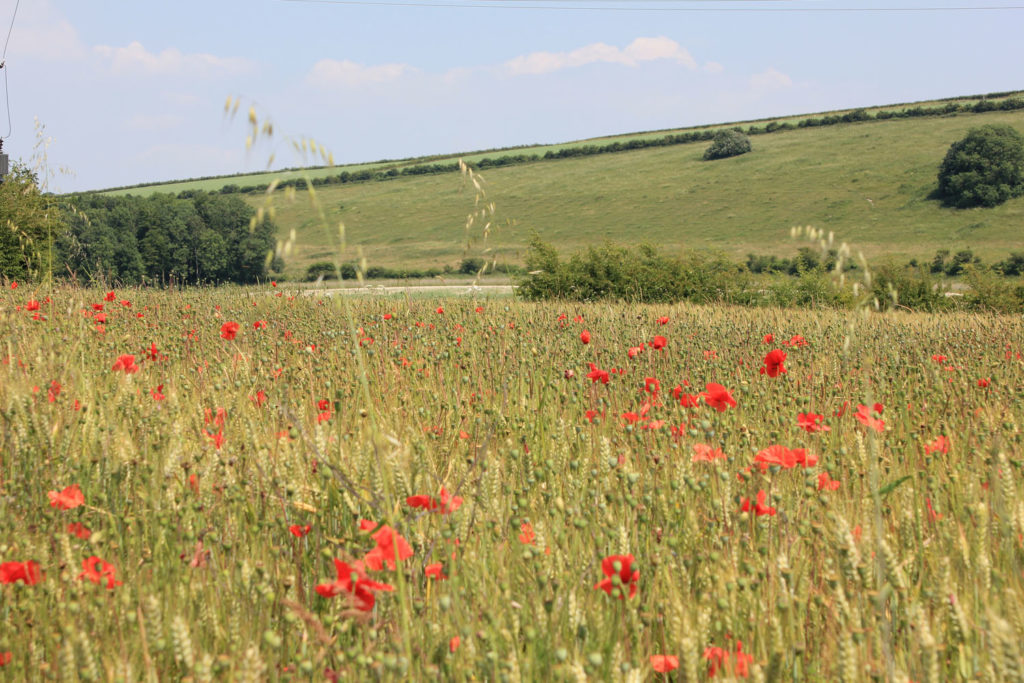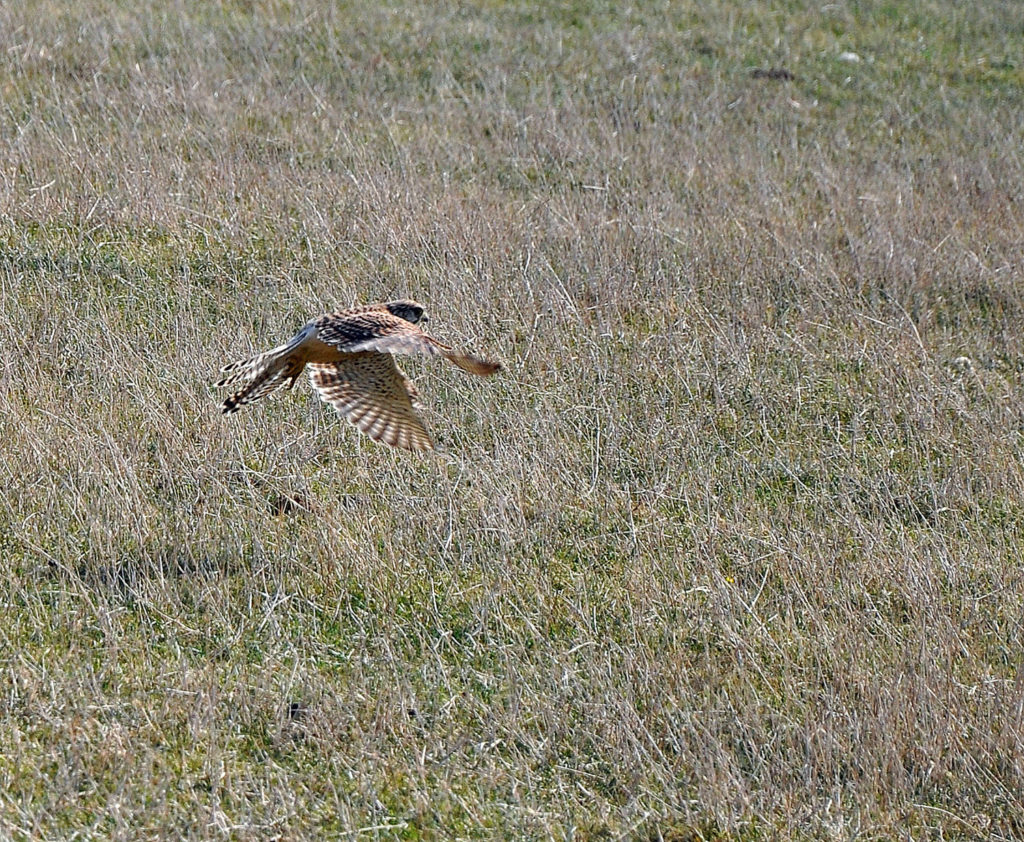By working together, the farming and keepering teams at Peppering have achieved the holy grail of farmland wildlife restoration

In 2002, the late Dick Potts, GWCT scientist and head of the Sussex Study into farmland wildlife, visited the Duke of Norfolk and Estate Manager Peter Knight to ask if they could help prevent the extinction of the grey partridge on the Sussex Downs. Dick made clear that, unless action was taken, the species would become extinct on the South Downs within 10 years.
Determined to reverse the decline, in 2003, they established the Peppering Project on a 3,100-acre area of the Norfolk Estate, and the recovery has been remarkable. From six wild birds, the team has built a sustainable population of 300 breeding pairs of wild English partridge with September stubble counts of over 2,000 partridges providing a shootable surplus in most years.
This is a species that has declined by 93 per cent across the UK since 1970. Dick Potts monitored the project at the outset and a wide range of red-listed farmland species have made a spectacular recovery because of the management system put in place, including skylark up 57%, linnet up 94%, yellowhammer up 20%, and lapwing up 71%. Corn buntings increased 30% since 2010 and following the disastrous summer of 2012, when their numbers nearly halved, they have rebounded. In addition, brown hare numbers have risen considerably and birds of prey have benefited hugely. Kestrels and short-eared owls in particular are thriving.
Farm facts
- Location: West Sussex
- Type of farming: Arable and sheep
- Acreage: 3,100
- Percentage in conservation: 12
- Funding grants: HLS, Higher Tier Stewardship
So how was this extraordinary transformation achieved? One of the key principles was to demonstrate that conservation could work alongside profitable farming. This meant a radically different approach was required. Work began to transform the farming by combining new techniques with traditional methods. The modern practise of block cropping or growing large areas of a single crop means wildlife has to travel long distances to find food, shelter and breeding habitat, so a greater range of commercial crops was sown in a more complex rotation, and field sizes were reduced by planting nine miles of new hedges.

The start of the project coincided with an increase in agri-environment schemes funded by Natural England and Peppering is perhaps the best example in the country of how, with the right approach, these agreements can achieve the dual outcomes of efficient food production and effective wildlife conservation – in other words, linking environment and farming. Fertiliser, herbicides and pesticides are applied to 90% of each field in the normal way, enabling profitable yields and all the conservation is done around the edges with stewardship payments roughly compensating for income forgone.
However, this is not simply a case of leaving the land fallow. Without meticulous planning and careful management of the crops sown for wildlife, the system would not work. Currently the farm has 12 percent of the land in conservation measures with 20 different Higher Tier stewardship options working alongside its commercial rotation.
Managing the options once they are in the ground is equally challenging and has been a continuous learning curve. A case in point are eight-metre-wide conservation headlands, which are drilled wider than commercial crops to give light to broadleaved weeds and space for partridge chicks to move around easily. This option is contentious from a farming point of view because herbicide use is limited, potentially causing a build-up of grass weeds. The weedkiller glyphosate is an essential conservation tool in this regard, controlling the build-up of weeds in readiness for a new year of cropping. If it were banned, conservation headlands would be impractical, putting the Peppering Project at risk.

Thanks to conservation headlands, some of the UK’s rarest wildflowers including prickly poppy, night-flowering catchfly and narrow-fruited corn salad and cornflower, having been dormant in the soil for decades, have re-emerged. These plants provide food for the insects that the birds rely on, in particular partridge chicks, which need 1,500 insects a day in the first 12 days of life. Peter explained that, as a farmer, you have to have a change of mindset from seeing weeds as an indication of poor management to recognising the benefits they can have, provided they are restricted to certain areas of the field.
The Duke and Peter are full of praise for the research and development that Natural England along with the GWCT have put into the stewardship options and the support received. The farm operates at a profit thanks to the stewardship payments, but Peter admits that the extra work demanded by smaller field sizes and more complex cropping is difficult to calculate. For example, having gone from 38 fields to 92 they now have to change the headers on the combine harvesters over 30 times.
The miles of hawthorn hedges edged with strips of long grass provide ideal ground-nesting sites protected from birds of prey, but it is essential that they are left high (about six feet) and are thick at the base. Recently, Charlie has overseen the cutting and laying of some of the hedges planted at the beginning of the project. This traditional method thickens them up at the bottom, providing shelter from predators and the weather. It also offers better nesting habitat for other farmland birds within the hedge itself. This past year, a birdwatcher counted 80 various nests in just one section of cut-and-laid hedgerow of approximately 1,500 metres.
The three pillars of food, habitat and legal predator control are all key to successful conservation – if one is missing, the project will fail. Predator control is the most time-consuming and important part of job for Charlie and his two full-time underkeepers. Prime target is the fox, especially at nesting time when it will kill sitting birds, destroying both the adults and their clutches. As well as rifle shooting at night (lamping), the team use legal GWCT breakaway snares, which are designed simply to tether the fox before it is humanely despatched by the keeper. Charlie explained that without this essential conservation tool the continued existence of the grey partridge on the South Downs would be threatened.
Corvids take the eggs and small chicks of farmland birds, so they are targeted from March until July. The keepering team also runs tunnel traps for rats, stoats and weasels, which they check daily in accordance with the law and best possible practice. It is the countless hours Charlie and his team put in, particularly during the nesting season, that has restored a more balanced ecosystem. All the work of the gamekeeping team is funded
by just two or three partridge shoots per year. However, this leaves the budget highly vulnerable to the weather. If partridges have a poor breeding season due to harsh conditions during hatching, and the numbers are too low, the shoot days are cancelled.
Wildlife restoration would not have succeeded without the gamekeeping on the estate and Peter is in constant communication with headkeeper Charlie Mellor. With eyes on what the birds need at any given time, Charlie has responsibility for planning the six-metre strips of wild bird seed mixes around the field margins, which provide both cover from predators and a food source. Grain is also distributed via about 700 barrel feeders kept topped up until May.

Naturally the abundance of wildlife attracts members of the public to the estate, and early on the decision was taken to fence off the large number of footpaths to protect the ground-nesting birds from dog walkers and general disturbance. They would have struggled to achieve success without the fencing, but birdwatchers have reported that they see far more than before because wildlife has gained the confidence to come up to the rights of way. When a rare pallid harrier visited one summer, 2,400 people were able to see it over a six-week period. The Duke, Peter and Charlie are keen to engage people with the project and do regular farm tours and talks for the local and wider community.
Looking ahead, the team plans to cut and lay more hedges and devote greater attention to boosting insect numbers. They have recently completed the new Higher Tier grant application, which includes nectar and pollen mixes as well as floristically enhanced grass margins. They will also continue to seek GWCT advice and support, which Peter said has been essential from the beginning, and he stresses the importance of building a good team, particularly with such a complex operation.
Above all, it is clear that this wildlife restoration project has been driven by a passion. A determination from the Duke of Norfolk to see the grey partridge survive during his watch, and a similar dedication on the part of Peter Knight, Charlie Mellor and the whole team to making it happen.
This case study is taken from our e-book Working Conservationists, available to download here for just £1.99.
